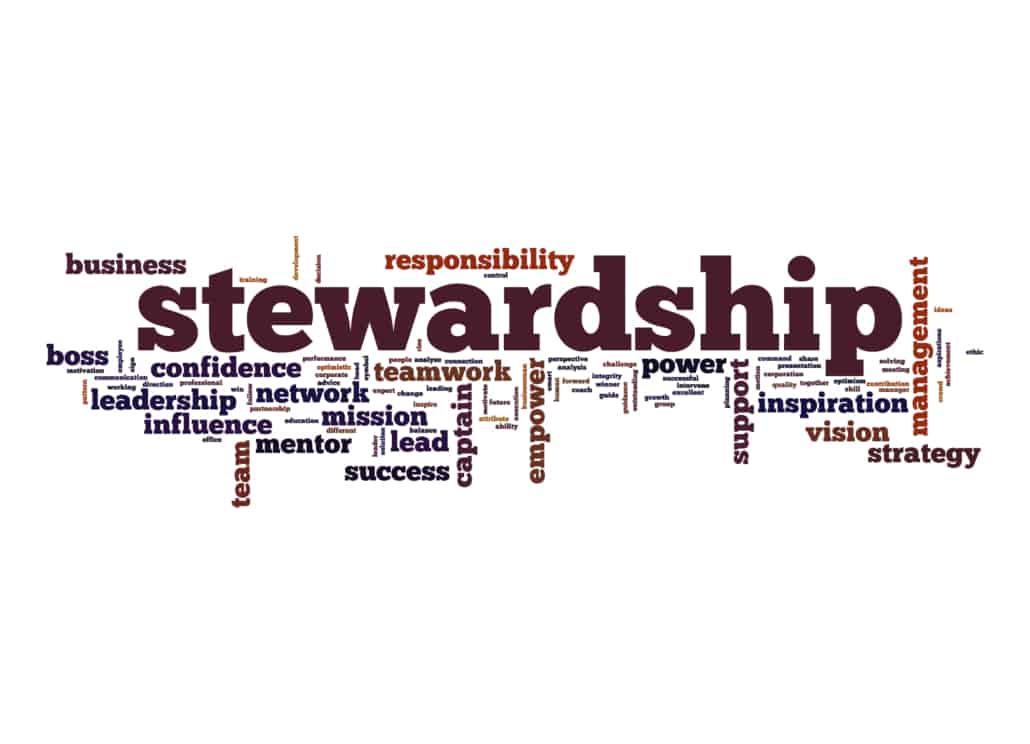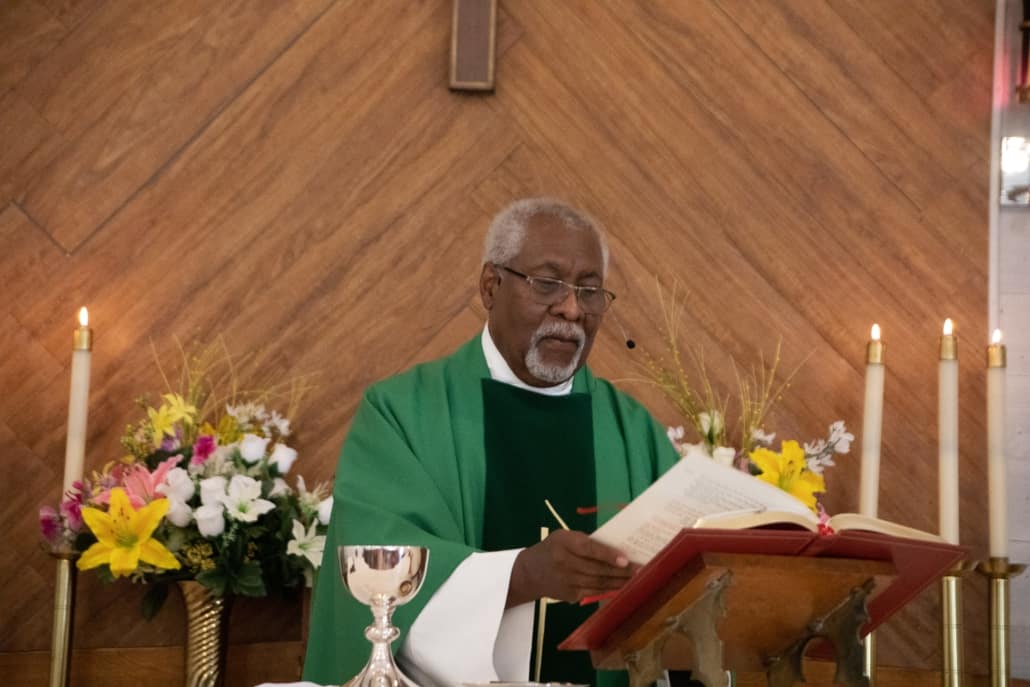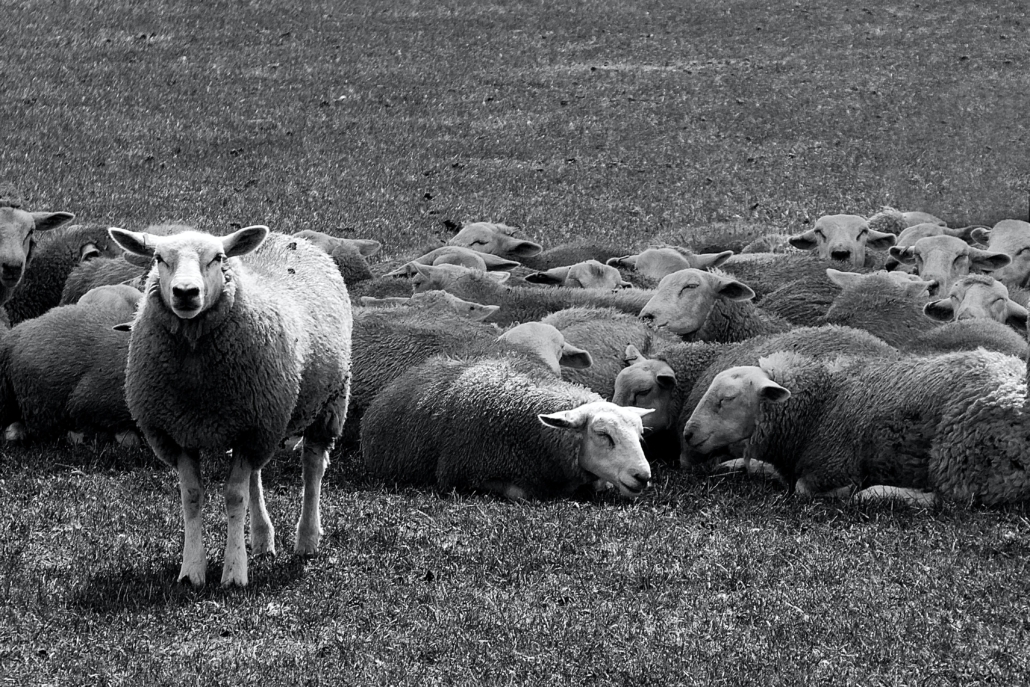It’s Never Too Late to Begin
While visiting relatives stateside recently, the matriarch of a local family enterprise passed away.
My cousin’s kids were childhood friends of several grandchildren of the recently departed, whose many businesses around town are part of the family’s widespread holdings and operations.
I hear similar stories frequently, including the unfortunate familiar refrain around how unprepared the family seemed to be.
Fortunately, it’s never too late to begin working on the family communication aspects of the larger family wealth continuity puzzle.
A Typical Well-Known Family Example
I’ll share some considerations I’d have if I were called into such a family at this stage, say, after Grandma’s funeral.
She was in her 80’s, one of two maternal figures in this family, the wife of one of two brothers who lead these businesses for decades.
The business had been started by their father, i.e. “Generation 1” (G1).
The two G2 brothers produced 7 G3’s, many working in various businesses alongside some of their G4 offspring.
The many G4’s are already giving birth to G5.
All over town, everyone knows this family and considers its members to be part of the “lucky sperm club”.
But most of them have no clue about what they own, what they can expect, or what comes next.
Many are probably hoping Grandma’s passing will be the catalyst to finally getting some answers.
- Who Owns What?
One key question that will determine much of what ensues is “who owns what?”, from a legal standpoint.
My work is concentrated in the “family circle”, but it cannot be done in a vacuum, and the actual legal ownership of the assets is something I’d want to know before going too much further.
There’s a good chance that whatever documents and agreements are in place were done long ago and so this question, while simple on the surface, may not have a clear and ready answer.
- Who Knows What?
I’ve already noted how this family has expanded over the decades, from what used to be one household, and then three, to where there are now a couple of dozen family units who are key stakeholders.
There’s a high likelihood that many family members heading those households are very much in the dark, and also craving some clarity of what lies ahead for them.
Often in these situations, some G3’s have more information than others, depending on their role and seniority.
This “information asymmetry” typically creates potential for mistrust and jealousy between family branches as things unfold.
The sooner everyone in G3 can be brought up to speed, the better chance of smooth sailing ahead.
- Can They Work Together?
With many intertwined entities operating in this family enterprise’s sphere, questions about the potential for all family members to continue to operate together, rise to the top.
Keep in mind, these are siblings, cousins, and second-cousins, most of whom didn’t grow up in the same home, from several different family branches.
This is far from a “no-brainer”, and time needs to be taken to assess the compatibility question.
A fact about this situation playing in their favour is that there are a number of business entities here, as opposed to one, monolithic company, so separating things could be simplified.
- What’s Carved in Stone?
Back to the ownership question, is every detail carved in stone via structured entities (think trusts, etc.) or is there some flexibility around what can happen next?
Unfortunately, family members are often forced to be business partners with others with whom they’d never enter into such an arrangement, if they had a choice in the matter.
Flexibility around what can be changed is way better than rigidity in this case, but this needs to be looked at soon.
- How Can I Best Help This Family?
There are surely already several professionals surrounding this family who are well placed to help clarify what’s next from a legal ownership perspective, based on the agreements mentioned above.
When there’s a complex web of families involved, it may be helpful to bring in someone who’s trained and comfortable dealing with the “family dynamics” angle too.
One outside expert alone won’t be able to untangle this alone, because of all the moving parts.
If the current professionals are overwhelmed, as they likely will be, they should bring in qualified outside resources to handle these human aspects of what lies ahead for this family.
We do exist!






















